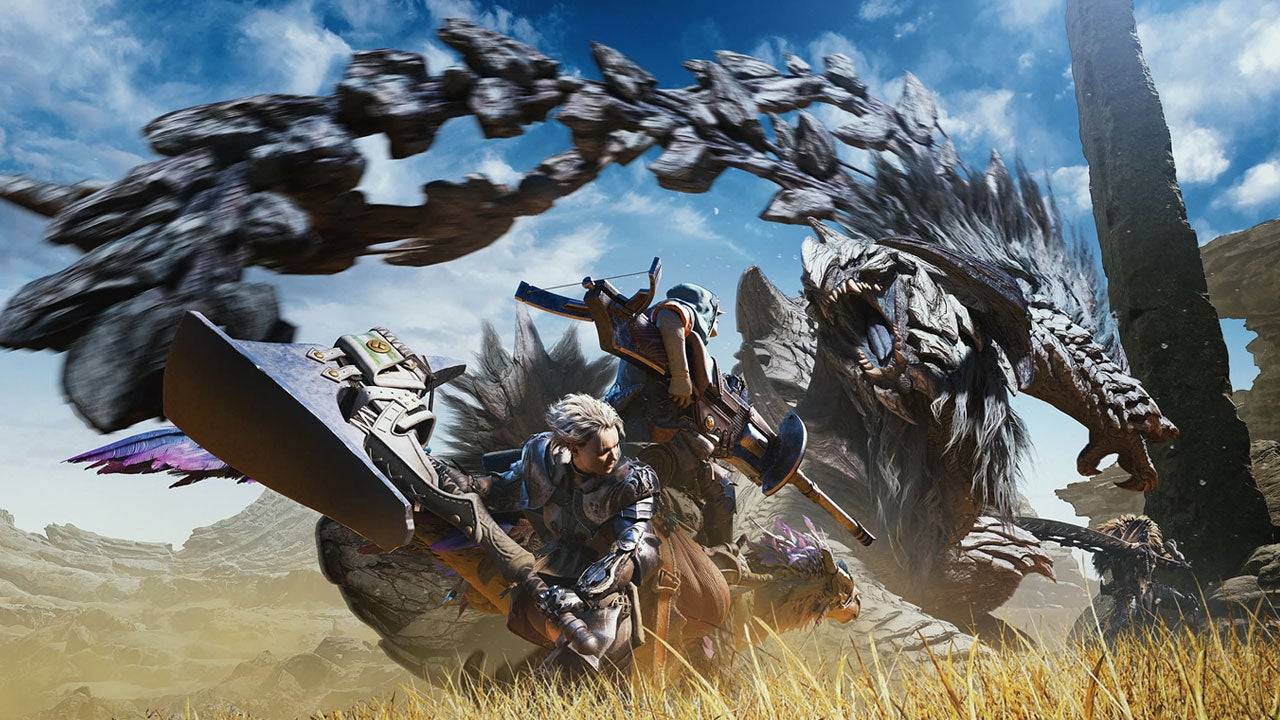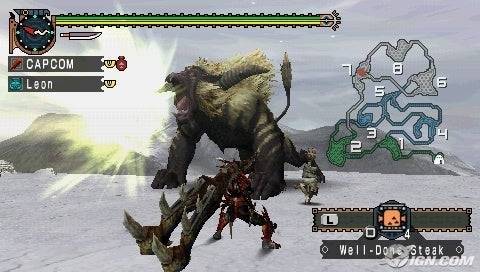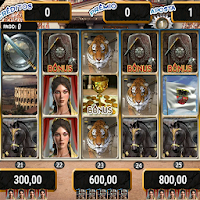In the lead-up to its global launch, Monster Hunter Wilds shattered pre-order records on both Steam and PlayStation, effortlessly following the trail blazed by its predecessors, 2022’s Monster Hunter Rise and 2018’s Monster Hunter: World. This latest installment cements Capcom’s unique RPG series as one of the globe's most formidable video game franchises.
Yet, the journey to this point was not always straightforward. A decade ago, the notion of a Monster Hunter game achieving such widespread acclaim worldwide would have seemed improbable. Flash back to the series' inception in 2004, and the original game's mixed reviews would have made such success seem even more outlandish. It wasn’t until Monster Hunter transitioned to the PSP in 2005 that the series truly ignited, but primarily in Japan.
For years, Monster Hunter epitomized the "big in Japan" phenomenon. While the reasons for this were straightforward, as we'll explore, Capcom persistently sought ways to expand the series' reach internationally. The triumph of Monster Hunter: World, Rise, and now Wilds validates these efforts.
This is the tale of how Monster Hunter evolved from a domestic sensation to a global juggernaut.

Around the time of Street Fighter 5’s launch in 2016, Capcom underwent a significant internal reorganization, gearing up for a new era of gaming powered by their cutting-edge RE Engine, which replaced the aging MT Framework. This shift transcended mere technological updates; it was accompanied by a mandate to design games for a global audience, not just for territory-specific fans.
“It was a combination of factors,” says Hideaki Itsuno, a former Capcom game director renowned for his work on Devil May Cry. “The engine change and the clear goal set for all teams to create games that appeal to a global market and are enjoyable for everyone.”
During the PS3 and Xbox 360 era, Capcom's attempts to cater to the perceived "Western games market" were evident. While Resident Evil 4 was a success, spinoffs like Umbrella Corps and the Lost Planet series, which tried to capitalize on Western trends, fell short. Capcom soon realized the necessity of crafting games that resonated universally, not just within traditional Western genres.
“I think that we had that clear goal of just focusing and not holding anything back,” Itsuno reflects. “Our aim was to create great games that would resonate with people worldwide.”
Itsuno emphasizes that the years leading up to 2017 were crucial. “The changes in organization and the engine, all these elements converged around that time,” he notes. The launch of Resident Evil 7 in 2017 marked the beginning of a Capcom renaissance.
No series better embodies Capcom's ambition for global success than Monster Hunter. While it had a dedicated following in the West, it was predominantly a Japanese phenomenon. This wasn't by design, but due to real-world factors.
Monster Hunter found immense success moving from PlayStation 2 to the PSP with Monster Hunter Freedom Unite. Japan's robust handheld gaming market, driven by the PSP, DS, and later the Switch, played a significant role. According to the series’ executive producer Ryozo Tsujimoto, the key to Monster Hunter’s popularity in Japan was the country’s advanced wireless internet, which allowed players to easily connect and play with friends.

“Two decades ago, Japan's network infrastructure was far superior, enabling seamless online multiplayer,” Tsujimoto explains. “While not everyone could play with friends, the move to handheld systems expanded our player base significantly.”
Monster Hunter’s core cooperative gameplay thrived on this connectivity, and Japan’s advanced internet infrastructure catered to this local market first. This inadvertently created a cycle where Monster Hunter games became best-sellers in Japan, leading to Japan-exclusive content and events, further entrenching the series as a "Japan-only" brand.
Despite this, Monster Hunter did have Western fans, who longed for the exclusive content enjoyed by their Japanese counterparts. As internet infrastructure in the West improved and online play became standard, Tsujimoto and his team saw an opportunity to launch a globally accessible Monster Hunter game.
Monster Hunter: World, released in 2018 on PlayStation 4, Xbox One, and PC, marked a monumental shift for the franchise. Instead of being designed for handhelds, it offered large-scale, AAA console quality action with enhanced graphics, expansive areas, and larger monsters.
“Our approach to globalizing the series really ties into our design themes and the game's name,” Tsujimoto reveals. “Naming it Monster Hunter: World was a nod to our ambition to reach a worldwide audience and introduce them to Monster Hunter for the first time.”

It was crucial that Monster Hunter: World did not favor one market over another. It was released simultaneously worldwide, without Japan-exclusive content, aligning with global standards expected by players everywhere.
Tsujimoto and his team conducted extensive global focus and user tests to refine the game’s appeal. “The feedback we received significantly influenced our game systems and contributed to the success of Monster Hunter: World as a global title,” Tsujimoto notes.
One notable change was the inclusion of visible damage numbers, enhancing the gameplay experience. These adjustments, combined with an already successful formula, propelled Monster Hunter to unprecedented heights. While previous games sold between 1.3 to 5 million copies, Monster Hunter: World and its 2022 follow-up, Monster Hunter Rise, both exceeded 20 million in sales.
This growth wasn't accidental. Tsujimoto and the team preserved Monster Hunter's essence while making it more accessible to a broader audience. This strategy continues with Monster Hunter Wilds.
“At its core, Monster Hunter is an action game, and the sense of accomplishment from mastering it is crucial,” Tsujimoto explains. “For new players, reaching that point is key. We carefully analyzed where players got stuck, what was hard to understand, and used player feedback and our own research to enhance the game's systems in Wilds.”
Within 35 minutes of its release, Monster Hunter Wilds achieved 738,000 concurrent players on Steam, surpassing Monster Hunter: World's all-time high. With glowing reviews and promises of more content, Monster Hunter Wilds is poised to continue the series' mission of global domination.















